Well-being at Work: A Multidimensional Balance
Well-being at work has a broad and complex definition. From my point of view, it covers a wide range of aspects, including: the physical environment, workplace design, relationships with colleagues, the general atmosphere, the achievement of achievable goals, break times, and the effective use of these times.
Some companies have innovated by creating communal spaces and providing facilities such as a gym or relaxation room. Many companies have also embraced telecommuting or hybrid working, offering training focused on relaxation and unwinding to arm their employees with autonomous stress management tools.
The growing importance of well-being in the workplace
It is imperative to recognize that the health of a company inevitably depends on the well-being of its employees. Employers must guarantee the physical health of their staff and create a safe working environment. Mental health has become an employer's responsibility, with psychosocial risks and stress in the workplace a major concern.
Stress, although intrinsic to life, can be channeled in a positive way to push us to surpass ourselves and achieve achievable goals. Well-being at work also depends on this dynamic. Ideally, employees should be equipped with tools to manage stress, thus improving quality of life at work and enabling them to deal positively with stressful situations.
Sophrology: A Holistic Approach
Sophrology, developed by neuropsychiatrist Alfonso Caycedo, offers a rigorous and simple relaxation method. Fusing Western approaches such as phenomenology and hypnosis with Eastern techniques of yoga and meditation, sophrology promotes balanced awareness between body and mind.
Integrating Sophrology into the workplace
As a discipline that can be adapted to the world of work, sophrology can easily be practised over short periods, without the need for special accessories. It encourages refocusing, activating the ability to take a step back.
The benefits of this practice at work
Sophrology, widely used in the world of sport, can be a major asset in the workplace. It works on individual capacities, stimulates performance, nurtures a positive mentality, and offers the means to channel energy optimally. As a complement to management, it opens up perspectives for bodywork, promoting transformation.
Transforming work dynamics with Sophrology
Sophrology enables you to manage stress effectively, adopt more appropriate behaviors and transform tense relationships in the workplace. Visualization and projection techniques, integrated with sophrological training, optimize the use of break times, creating a healthier rhythm for oneself and one's environment.
Conclusion: Well-being at work through Sophrology
In short, the benefits of sophrology in the workplace are numerous. By investing in employee well-being, companies foster a positive atmosphere between colleagues and superiors, ensuring the safety and health of workers. This helps to create harmony between professional and personal life. But it also helps to strengthen teams, manage stress at an individual pace, activate capabilities and guarantee the company's success by placing well-being at work at the heart of its concerns.

Siegrid Evlard – Success Manager at Multios - Sophrologist
Did you like this article 💡 ? We'll be right back with our next topic
Follow us on Linkedin for even more news at 👉🏻 Newletters



